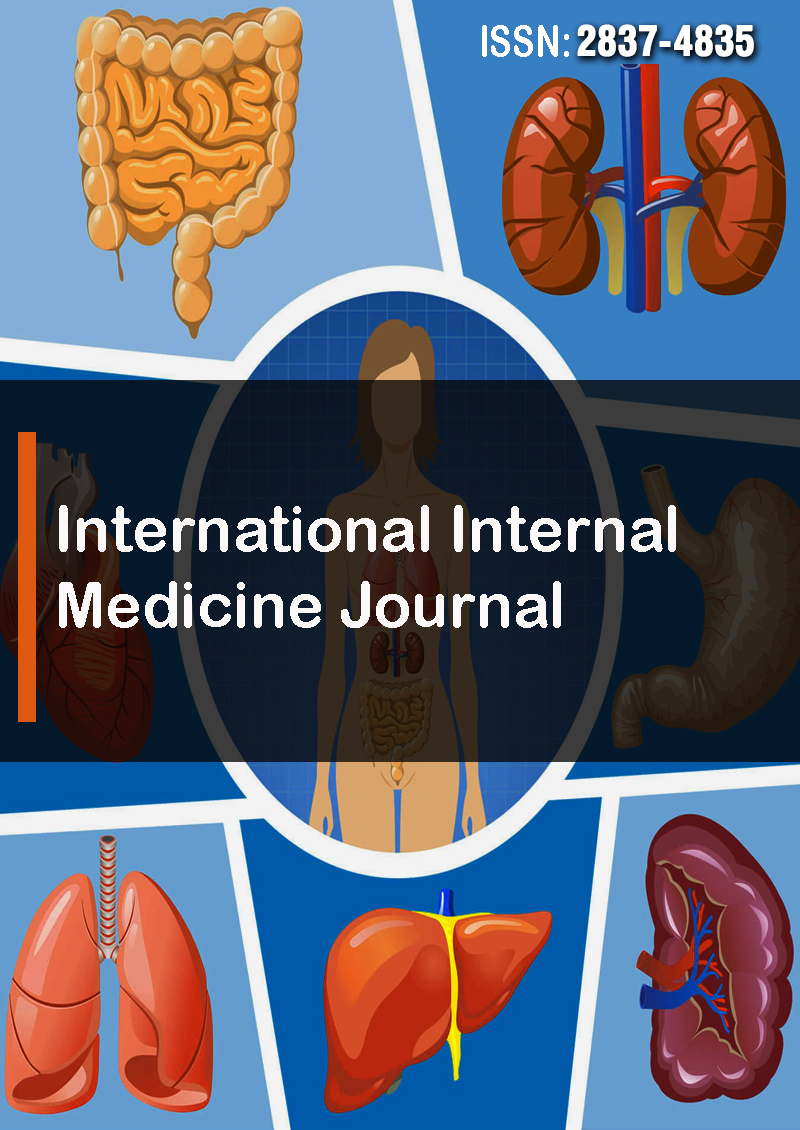Assessment of Maternal Abdominal Subcutaneous Fat Thickness (Sft) Measured by Ultrasound as an Independent Predictor of Adverse Pregnancy Outcomes
Abstract
Nila Surendran, Pratiksha Gupta, Utkarsha Aggarwal and Pallavi Shekhawat
Introduction: Obese pregnant women are at increased risk for a variety of maternal and perinatal complications. The maternal risks related to obesity include Gestational Diabetes mellitus, Preeclampsia, increased caesarean sections. The fetes is at risk of stillbirth, preterm birth and congenital anomalies. This study focuses on the use of Maternal abdominal subcutaneous fat thickness (SFT) as a surrogate measure for central obesity as measured by ultrasound, and determining its efficacy compared to BMI in predicting obesity related pregnancy complications.
Objective: To measure mid-trimester SFT in antenatal women and establish SFT as an independent predictor of obesity related adverse pregnancy outcomes
Methods: This was a prospective cohort study. 150 pregnant women between 20-40 years of age were recruited. Demo- graphic data of each participant was collected from the OPD. USG for abdominal subcutaneous fat thickness (SFT) was done at 18-22 wks period of gestation. The participants were followed up to labour. Adverse pregnancy outcomes and their correlation with the SFT measured was studied.
Results: There was significant positive correlation between BMI and SFT (r=0.591, p<0.001) .A positive correlation was noticed between BMI and adverse pregnancy outcomes such as PIH, GDM , preterm birth , postdates and NICU admissions. SFT independently showed a positive correlation with the above parameters. The mean SFT among women without PIH was 11.45 mm, and with PIH was 16.48 mm[p <0.001].Mean SFT were 11.68mm and 16.24 mm among the ladies without and with GDM respectively[p<0.001]. The mean SFT for term pregnancies was 12.06 mm whereas the mean SFT for preterm births was 14.21 showing positive correlation between SFT and preterm birth. SFT also showed positive correlation with need for NICU admission for neonates [ SFT avg being 11.72mm and 14.94 mm in the 2 groups]. A comparative analysis was done between BMI and SFT regarding their correlation to the various outcomes. SFT showed higher correlation coefficients for these variables than BMI, with lower p values suggesting more statistical significance.
Conclusion: BMI showed a positive correlation with adverse pregnancy outcomes in mother as well as fetes, SFT showed greater and more statistically significant correlation for adverse outcomes. Thus it was concluded that SFT is a better independent predictor of obesity related adverse pregnancy outcomes.



